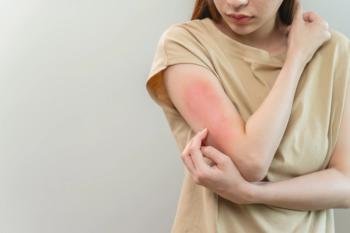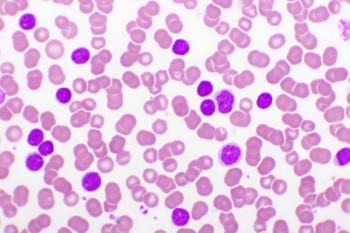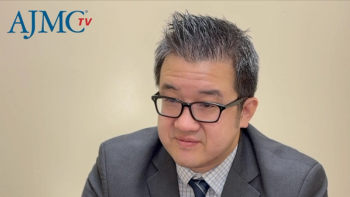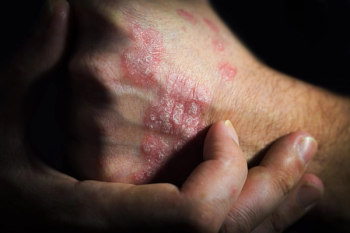
Global Skin Cancer Burden Among Older Adults Surged Since 1990, Driven by Keratinocyte Cancer
Key Takeaways
- Skin cancer burden in older adults has risen due to population growth and keratinocyte cancer rates, with basal cell carcinoma having the highest incidence.
- Squamous cell carcinoma has the greatest impact in terms of deaths and DALYs, with men and high-SDI countries experiencing a greater burden.
New global analysis calls for urgent, targeted interventions as aging populations face rising rates of skin cancer.
The global burden of
Using data from the Global Burden of Diseases (GBD) Study 2021, which consisted of 204 countries and territories between 1990 and 2021, researchers aimed to assess the age-standardized rates of skin cancer prevalence, incidence, deaths, and disability-adjusted life-years (DALYs).1 Trends identified in the findings point to widening disparities by sex and socioeconomic status.
In 2021, an estimated 2.8 million cases of basal cell carcinoma, 1.5 million cases of squamous cell carcinoma, and nearly 154,000 cases of cutaneous melanoma occurred globally among older adults. While basal cell carcinoma had the highest incidence rate (371.97 per 100,000 population; 95% uncertainty interval [UI], 310.75-439.58), squamous cell carcinoma carried the greatest burden in terms of deaths and DALYs, indicating its health impact.
Squamous cell carcinoma had an age-standardized prevalence rate of 236.91 per 100,000 population (95% UI, 188.23-303.82), a death rate of 6.16 (95% UI, 5.13-6.87), and a DALYs rate of 95.50 (95% UI, 81.65-106.39), all exceeding the corresponding rates for melanoma and basal cell carcinoma. The burden of all skin cancer types was significantly greater among men than women.
Population Growth and Socioeconomic Disparities Drive Increases
The overall global burden of skin cancer in older populations has followed a steady upward trajectory since 1990. Decomposition analysis found that population growth, rather than increasing risk per person, was the primary contributor to this rise.
Countries with higher sociodemographic index (SDI) levels experienced disproportionately higher burdens, likely reflecting greater longevity, more UV exposure in aging populations, and improved detection. However, the study authors noted that higher disease burden also indicates areas where health care systems may be better equipped to diagnose skin cancer, masking unmet needs in low- and middle-income countries.
A frontier analysis conducted in the study identified countries with significant potential to reduce skin cancer burden, suggesting room for improvement through better prevention and care strategies.
2050 Trend Projections by Cancer Type
Looking ahead to 2050, researchers anticipate that the incidence and prevalence of keratinocyte cancers, specifically basal cell carcinoma and squamous cell carcinoma, will keep rising. In contrast, the burden associated with cutaneous melanoma may see a decline. However, the DALYs attributed to basal cell carcinoma are expected to increase as well.
These diverging trends point to the growing health system challenge posed by keratinocyte cancers, which, though often less deadly than melanoma, are far more common and can significantly affect quality of life and health care costs.
Despite limitations in data, particularly a lack of race and ethnicity information and incomplete keratinocyte cancer reporting, the researchers emphasized the urgent need for targeted skin cancer prevention and resource allocation strategies, particularly for older men and residents of high-SDI countries.
Based on the findings, they concluded that “the global disease burden of skin cancer in adults 65 years or older is on the rise, particularly among male individuals and in countries with a high SDI level. Our results underscore the urgency to enact prevention and treatment strategies tailored to high-risk older populations.”
References
1. Wang R, Chen Y, Shao X, et al. Burden of skin cancer in older adults from 1990 to 2021 and modelled projection to 2050. JAMA Dermatol. Published online May 21, 2025. doi:10.1001/jamadermatol.2025.1276
2. Aggarwal P, Knabel P, Fleischer AB Jr. United States burden of melanoma and non-melanoma skin cancer from 1990 to 2019. J Am Acad Dermatol. 2021;85(2):388-395. doi:10.1016/j.jaad.2021.03.109
Newsletter
Stay ahead of policy, cost, and value—subscribe to AJMC for expert insights at the intersection of clinical care and health economics.









































